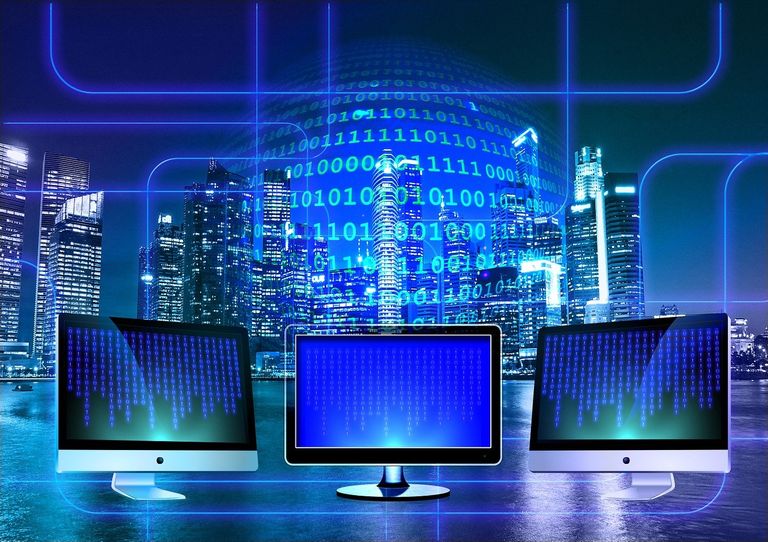The Dark Side of AI: How It Threatens Jobs

Artificial Intelligence (AI) has made significant advancements in recent years, revolutionizing various industries and transforming the way we live and work. From autonomous vehicles to voice assistants, AI has become an integral part of our daily lives. While AI brings numerous benefits, there is a darker side to this technological advancement. One of the most significant concerns is the threat it poses to jobs across various sectors. In this blog post, we will delve into the dark side of AI and explore how it threatens jobs.
Automation and Job Displacement
AI, powered by machine learning algorithms and deep neural networks, is capable of automating many tasks that were once performed exclusively by humans. This automation has the potential to significantly impact jobs in various industries. Repetitive and routine tasks, such as data entry, manufacturing, and customer service, can now be efficiently handled by AI systems. As a result, jobs that involve these tasks are at risk of being displaced.
For example, industries like manufacturing and logistics are increasingly adopting robotic automation, leading to a reduction in the need for human labor. Similarly, customer service roles are being replaced by chatbots and virtual assistants capable of handling customer inquiries and troubleshooting. While AI may improve efficiency and productivity, it comes at the cost of human employment.
Shifts in Job Roles and Skills
AI not only threatens to eliminate jobs but also brings about shifts in job roles and required skills. As certain tasks become automated, new roles will emerge, demanding different skill sets. Jobs that involve creative thinking, problem-solving, and emotional intelligence are less likely to be fully replaced by AI. However, individuals in job roles that are vulnerable to automation may face the need to acquire new skills or transition into different occupations.
The rapid advancement of AI also requires workers to stay updated with the latest technological developments. Those who fail to adapt and upskill themselves may find their expertise outdated, reducing their employability in an increasingly AI-driven job market.
Growing Income Inequality
The threat AI poses to jobs is not evenly distributed. Low-skilled and repetitive jobs are more susceptible to automation, leaving many individuals in vulnerable positions. This situation can lead to growing income inequality, as individuals who lose their jobs may struggle to find alternative employment opportunities that provide comparable wages.
Moreover, the benefits of AI are often concentrated in the hands of a few large corporations or wealthy individuals who own the technology. This concentration of power and wealth can exacerbate socioeconomic disparities, further deepening the divide between the haves and have-nots.
Mitigating the Impact
While the dark side of AI raises concerns about job loss and inequality, it is essential to recognize that AI also presents opportunities. By acknowledging these challenges, we can work towards mitigating the negative impacts and maximizing the benefits of AI. Here are a few potential strategies:
Emphasizing Education and Lifelong Learning: Fostering a culture of continuous learning and promoting educational programs that equip individuals with future-proof skills can help them adapt to changing job requirements.
Encouraging Collaboration between Humans and AI: Emphasizing the augmentation rather than replacement of human workers can lead to more fruitful collaborations. AI can enhance human capabilities and enable workers to focus on tasks that require creativity and critical thinking.
Implementing Supportive Policies: Governments and organizations can implement policies that support workers affected by job displacement, such as providing retraining programs, offering unemployment benefits, and exploring alternative job opportunities in emerging sectors.
Conclusion
While AI brings numerous benefits, it also poses significant challenges, particularly in terms of job displacement and income inequality. The automation of tasks once performed by humans can result in job losses, shifts in job roles, and socioeconomic disparities. However, by recognizing these challenges and taking proactive measures, we can navigate the dark side
** Your post has been upvoted (1.47 %) **
Curation Trail is Open!
Join Trail Here
Delegate more BP for bigger Upvote + Daily BLURT 😉
Delegate BP Here
Upvote
https://blurtblock.herokuapp.com/blurt/upvote
Thank you 🙂 @tomoyan